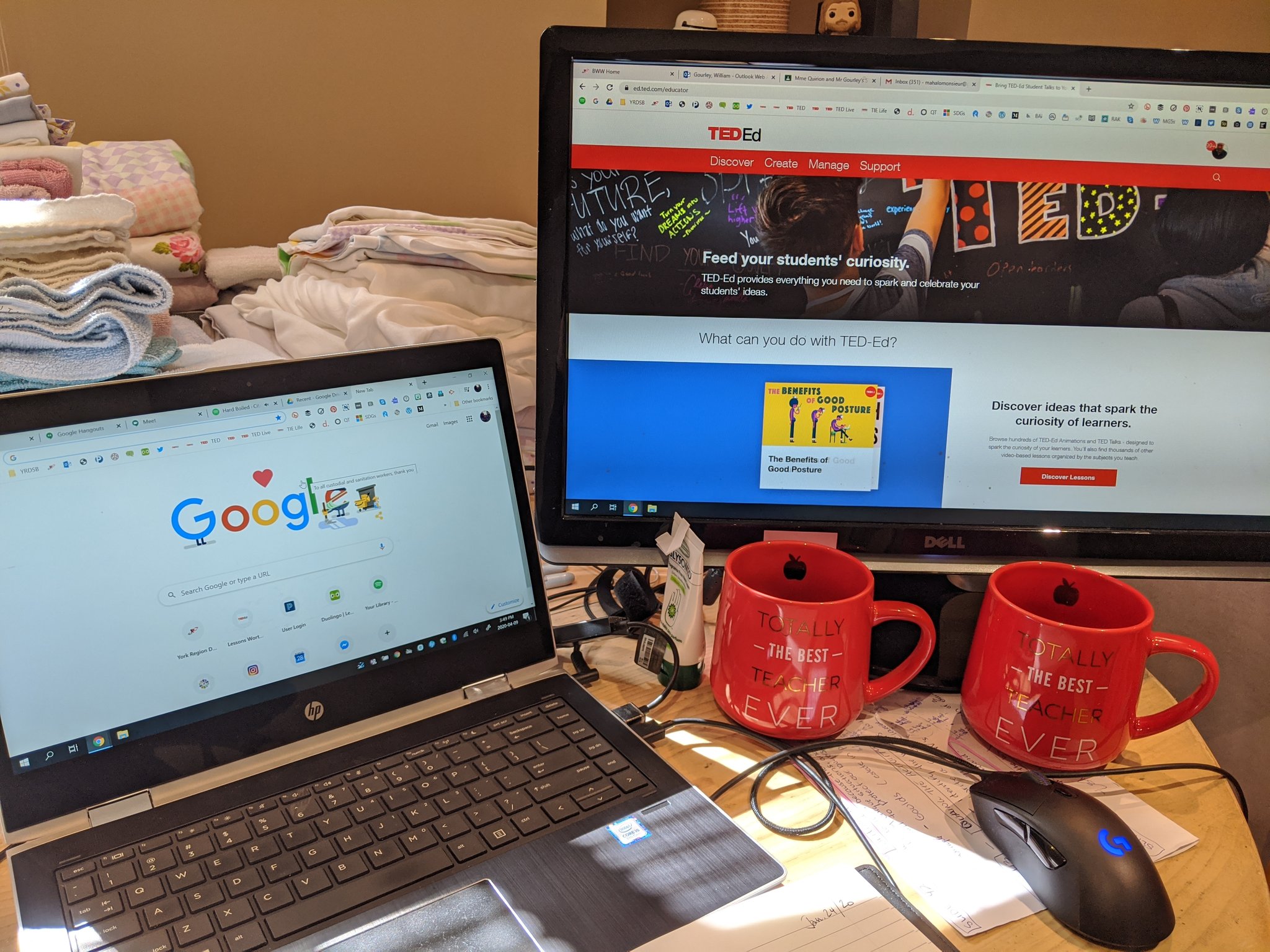AKA – A parody on a familiar melody dedicated to teachers who finished as strong, after a tough year, if not stronger than the cold beverages in their cups.
Pt 1 (sung to the chorus of Escape, The Pina Colada Song by Rupert Holmes)
Yes I like drinking cold coffee!
And ignoring my chronic back pain.I am out of the classroom,
At home by pandemic and fateIt’s really hard to be teaching,
sharing through cold blue screens.It’s become easy to breakdown,
seeing students struggling each day.
Yup, it’s been rough one folx. We have come so far together and we all know that the journey is just beginning. When we look back to the start of the year in September 2019, no one would have believed that we would only be voting on a contract now. No one would have believed that we would fund our sub-cost-of-living raises by standing up for our rights on the picket lines for 6 days. And no one would have believed that we would not see our students in real life this year past March Break. Judging by what has transpired already, I am pretty sure that the future will be equally unbelievable.
Without a doubt, we’ve shared many highs and lows in our profession over the past 10 months. We have stood together. We have found ways to make a terrible situation nearly tolerable. We have worked from home in makeshift offices at the peril of our own physical detriment. We are all grieving the loss of milestones (graduations, trips, community, playdays, track, and farewells) for the classes of 2020. Yet, we still came up with innovative ways to honour them.
We have parented through a pandemic, and cared for our parents too. We have watched vulnerable communities further separated from opportunities. We witnessed the inequity that exists in presumptions around access and “emergency distance learning.” In all of this we have maintained the dignity and duty of care everyday. On occasion, we even remembered to look after ourselves.
And even though direction from the elected only spilled out like water from a kinked hose, we knew what to do because we knew our students. So when the messages changed it didn’t matter that they came out at the end of the day on a Friday after hours or at all. In the end, teachers knew how to do right by their students. This even meant going on treasure hunts to find marks to fill report cards using a very vague map to cover a number of broad areas.
For my liking, I would love to have scrapped the focus on any marks for this term, and worked within a pass/not yet model.
Pt 2 (sung to the chorus of Escape, The Pina Colada Song by Rupert Holmes)
I am not into health spas.
I won’t ride on busses or Go Trains.I am not into incomplete reporting
though the data sets must be gained.I don’t like marking work til midnight
or going without sunlight for days.I have been teaching from my basement,
and there’s no chance of escape.
The deeds are done and we can look back on them knowing that each teacher poured their heart and soul into their artistry as educators. Like any good gallery, the masterpieces ranged in complexity and beauty regardless of the eyes of the beholder. I’ll leave you with the last chorus to sing however you’d like.
At the heart of education,
We’ll stop at nothing to create,To make the best of bad situations,
and challenges so hard to relate.Can’t wait until we’re back in the classroom,
To learn, laugh, and say remember when?It’s the year that no one planned for,
and hope will never happen again.
Thank you for all of your support over the past year. Wishing you a safe and relaxing summer. Celebrating you all with a cup of something cool and refreshing after I finish this cold cup of coffee.

